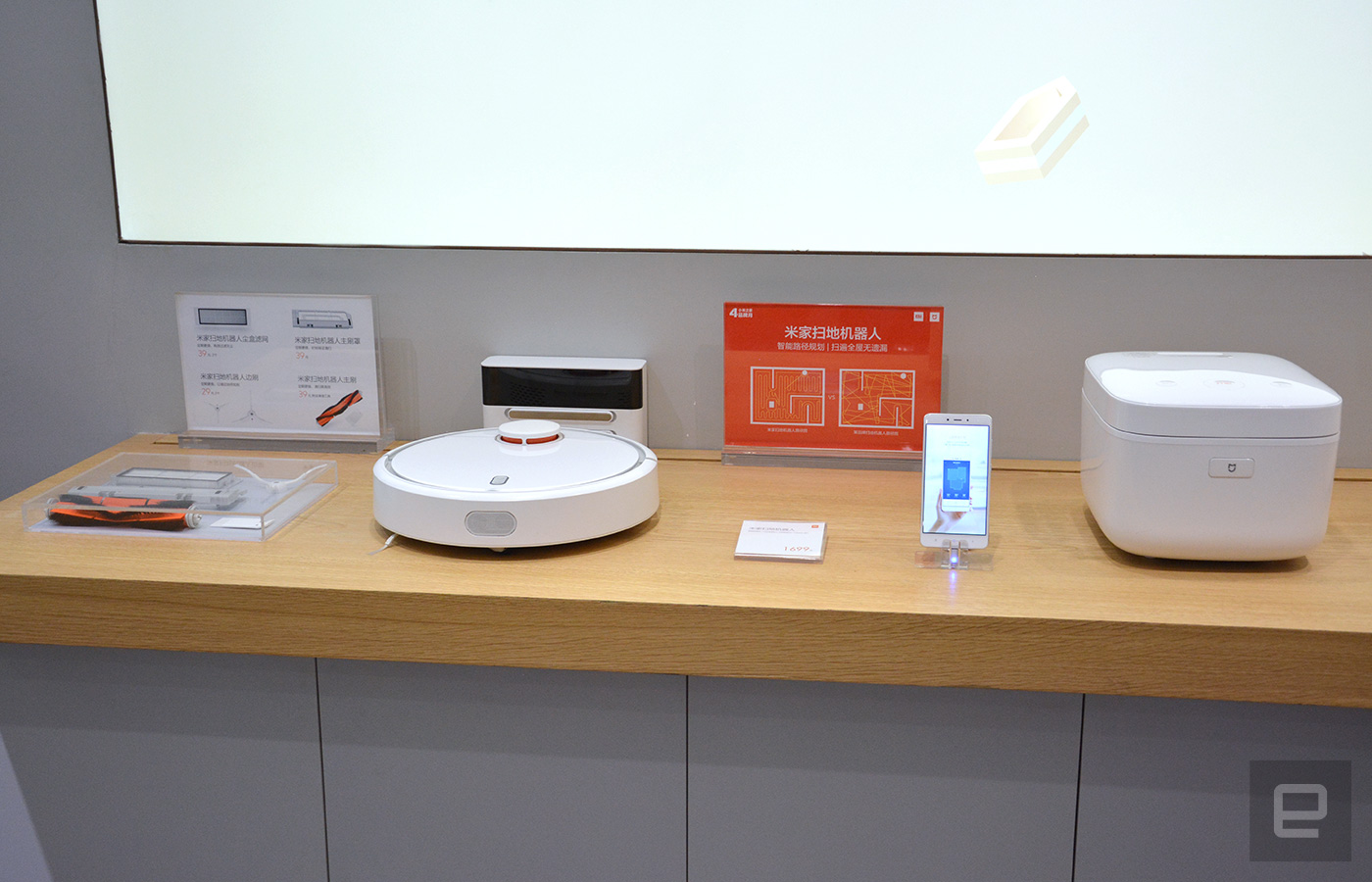The day after the Mi 6 launch event, I sat down with Xiaomi Senior Vice President, Wang Xiang, to vent. Wang took over Hugo Barra’s role as Global VP earlier this year while continuing to oversee the company’s supply chain and intellectual property, so he was my obvious go-to exec for this occasion. Alas, in contrast to Barra’s previous hint of a possible 2017 smartphone launch in the US, Wang was reluctant to provide a time frame, but he is certainly well aware of the “Mi fans” out there who go as far as buying Xiaomi products through unofficial channels.
“Even though we don’t sell [in the US or Western Europe], we feel very sorry for not serving them well,” Wang said. He reasoned that in terms of supply chain and manpower, Xiaomi’s resources are currently stretched thin serving 30 regions, most of which are developing markets. “What we’re after is a mass market, a massive impact, as opposed to a premium, elite thing. We want innovation for everyone.”

Based on marketshare in Q4 2016, Xiaomi was the number-two smartphone brand in India and number three in Ukraine, Indonesia plus Myanmar. The demand there will likely continue to grow as the company plans to open more authorized stores with local retailers or distributors. While it was just about managing to cater to those markets, Xiaomi also faced supply chain issues around the same time back in China (which may explain why it fell to fifth place in China that quarter). “Therefore we are in no hurry to serve the developed markets,” Wang said.
Then there’s the usual story of how the US smartphone market is driven by carriers, and how bringing a device to their networks would require customization plus tedious testing. Wang said his engineering team is “super busy” and would struggle to serve such carriers, but they are still frequently in touch to explore the right opportunity for a potential launch.
Xiaomi is probably capable of going the OnePlus or Huawei Honor route, selling directly to consumers in Europe and the US. But in the exec’s words, this would be a “hot-headed” move to make. According to Wang, Xiaomi doesn’t want to burn bridges with the carriers, nor does it want “short-term gain” to potentially “ruin seven years’ worth of hard work on branding” because of poor preparation.
Clearly, Wang isn’t worried about catching up with these Chinese competitors later: “There’s a Chinese saying: ‘haste makes waste.’ You need to focus with patience and wait for the perfect opportunity.”

Xiaomi already sells accessories such as batteries, headphones, speakers plus TV boxes in the US, and it hopes to bring popular Mi Ecosystem products like its self-balancing scooter and rice cookers to more overseas markets. As for smartphones, Xiaomi’s most global device remains its Mi Note 2, which packs in 37 radio bands to cover pretty much the entire world. Wang added that his company will continue to release at least one or two such global devices each year, along with a follow-up to the ceramic, near-borderless Mi Mix at some point. Hardcore Mi fans will just have to keep buying their phones from their usual (unofficial) channels.





